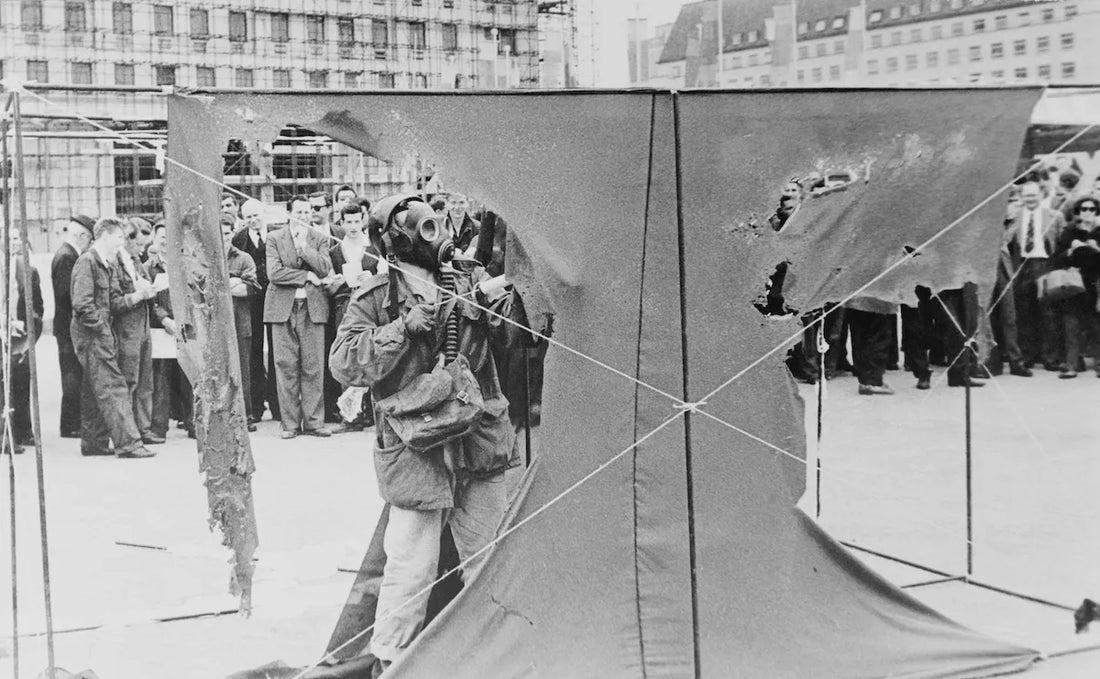Featured image: Auto-Destructive Art, Demonstration (1961) Gustav Metzger
Artists have often destroyed their own works for various reasons, including dissatisfaction, personal evolution, or making profound statements.
Many artists have destroyed their own work, including Michelangelo, who damaged his Pietà, and Banksy, who famously shredded "Girl with Balloon" after it was auctioned. This often reflects dissatisfaction or a statement against commercialism in art.
Explore our curated selection of contemporary artists from around the globe.
Naturalist Gallery offers artist representation internationally. Apply your art.
Here’s a look at some notable artists who took the drastic step of destroying their creations, each driven by unique motives:
-
Michelangelo

Known for breaking his sculpture of the Pietà, Michelangelo reportedly did so out of frustration with the quality of the marble, revealing the deep passion and perfectionism that drove his work. After being unveiled in 1499, Michelangelo's Pietà was attacked with a hammer by a lunatic in 1972. -
Claude Monet

Monet destroyed some of his "Water Lilies" series out of frustration during his periods of depression and dissatisfaction with his vision after cataract surgery. This reflected his relentless quest for perfection in capturing light and color. -
Jasper Johns
-
John Baldessari
-
Agnes Martin

Martin destroyed her early works as she transitioned from figurative painting to abstract expressionism, aiming to distance herself from previous styles and redefine her artistic identity. -
Georgia O’Keeffe
-
Francis Bacon
-
Louise Bourgeois
The Destruction of the Father (1974) Louise Bourgeois
Known for her introspective and often turbulent art, Bourgeois destroyed pieces that did not meet her emotional or artistic standards, often as a means to manage her personal anxieties. -
Banksy
-
Robert Rauschenberg
-
Gustav Metzger
-
Camille Claudel
Each of these artists used destruction as a powerful tool for expression, transformation, or commentary, making profound statements about their own art and the art world at large. Their actions underscore the complex relationship between creation and destruction in the artistic process.
Learn more About Naturalist Gallery of Contemporary Art.
You may also find the following articles helpful:
The 14 Essential Artists of Impressionism
Expressionism: 20 Iconic Paintings & Their Artists
Renaissance Art: Origins, Influences, and Key Figures
Classical Art Movement: Exploring the History, Artists, and Artworks
Figurative Art: Understanding, Collecting, and Appreciating the Style
Daily Routines of Famous Artists: Learn from the Masters
Top 12 Controversial Artworks That Changed Art History











